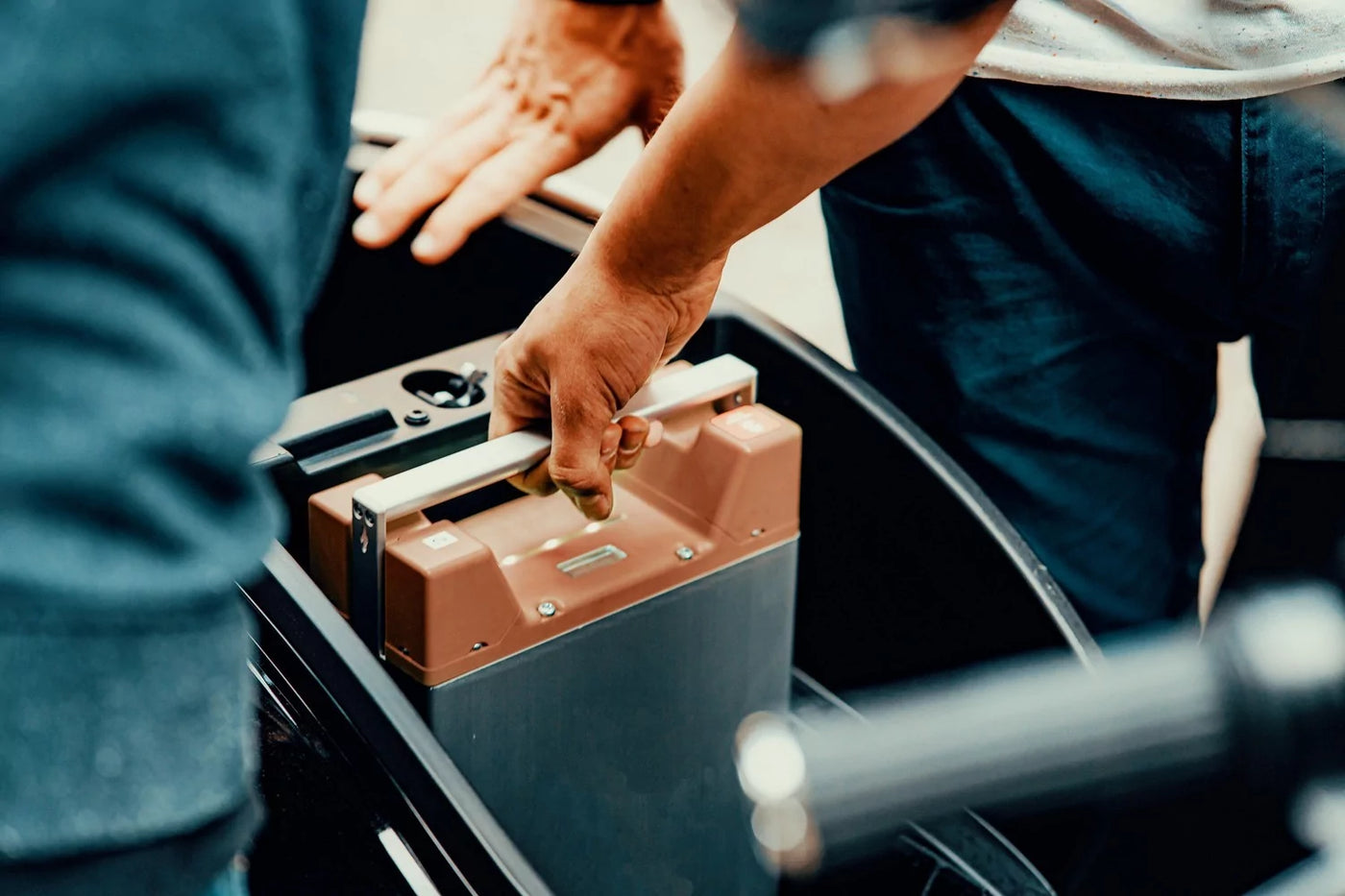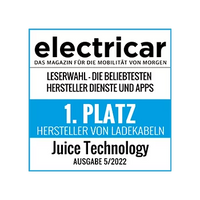Do battery exchange stations have a future?
Drive into a box - change the battery - keep driving. If a Chinese e-car manufacturer has its way, charging stations will soon be a thing of the past. In Lier, 40 km west of Oslo, Europe's first battery exchange station was installed in early 2022. It promises to change the battery fully automatic replacement within five minutes.
To do this, you drive into a box that looks like a car wash. A robot car removes the battery from the underside of the vehicle, takes it to be charged and then replaces a freshly charged battery in the underside of the car.
312 battery changes per day should be possible. Too good to be true? In operation in Shanghai, it turns out that customers often have to wait - in the worst case up to an hour - depending on whether a battery with the appropriate capacity is available. In other words: just enough time to connect the car to a charging station and charge it for a few dozen kilometers.
Another obstacle to implementing this system in Europe is that the batteries would have to be standardized. A closed system for a car brand that currently only exists in Norway and will not come to Germany until 2022 is disproportionate in terms of cost and benefit.
Last but not least, it is a very energy-intensive system with many mechanical steps: the car has to be lifted, the heavy battery unscrewed and transported away by a robot. The price for an autonomous change is a large number of sensors that require high computing capacity. All of this is energy that does not flow into the battery.
In addition, battery technology is evolving, capacities are increasing, and charging times are getting shorter. Using a charger with the latest 800-volt technology, it is already possible to charge from five to 80 percent in around 20 minutes.
All in all, battery swapping can work for light vehicles such as e-bikes or e-motorcycles - and also for large vehicles such as trucks and buses. For passenger cars, it is at best a transitional technology.













